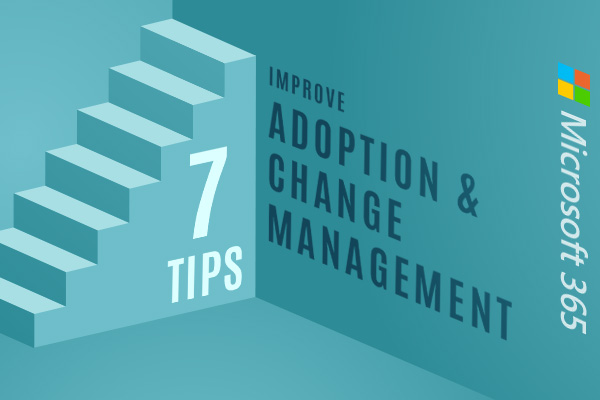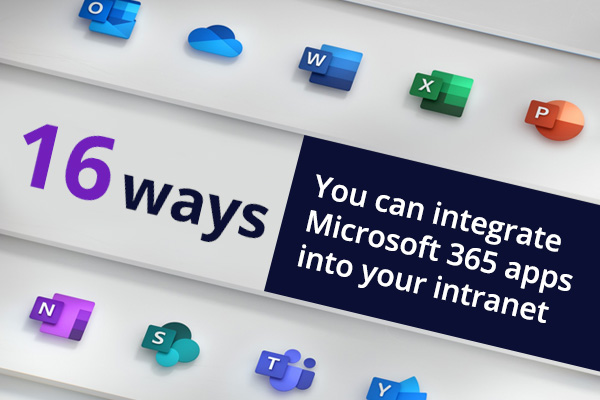
7 top tips to improve Office 365 adoption and change management
In this post we’re going to explore seven tactics to improve Office 365 adoption and change management that we’ve seen often work.

In this post we’re going to explore seven tactics to improve Office 365 adoption and change management that we’ve seen often work.

In this post, we’re going to explore why Office 365/Microsoft 365 ACM is so important and some of the associated challenges and the elements that need to be in place for a successful ACM programme.

Updated for 2021! Our most popular blog article has been updated to include new ideas on how to cleverly integrate Microsoft 365 apps into your intranet.
Join our webinar: Hyperfish next generation AI-powered staff directory and dynamic org charts that are always up to date.
There are different ways to launch and promote an intranet, as well as keep up the efforts to drive adoption. Whatever you try and do, you need both top-down and bottom-up approaches to do this effectively.
5+ tips for user engagement for your company Intranet
Should you adopt SharePoint Online’s new modern user interface and sacrifice control over the branding?
SharePoint 2013 does not provide a great experience for content publishers out-of-the-box. This is something that we need to address in nearly every intranet project
Try some of our approaches and ideas to help drive adoption and get everybody communicating and collaborating using Teams.
Global intranet projects take time but theyre always worth the effort. They brings employees together and feel more like one company.
Book in a live demo with us to discuss your project and find out more about our services, solutions and how we can add value to your digital workplace. Simply fill out the form and pick a time and date in our calendar.
Alternatively, if you have a question and would like more information about Content Formula, please visit our contact us page.
We look forward to meeting you.
We use cookies to give you the best experience on our site. By continuing to use our website, you are agreeing to our use of cookies. To find more about the cookies, please see our cookie notice.
You can also read our privacy policy.